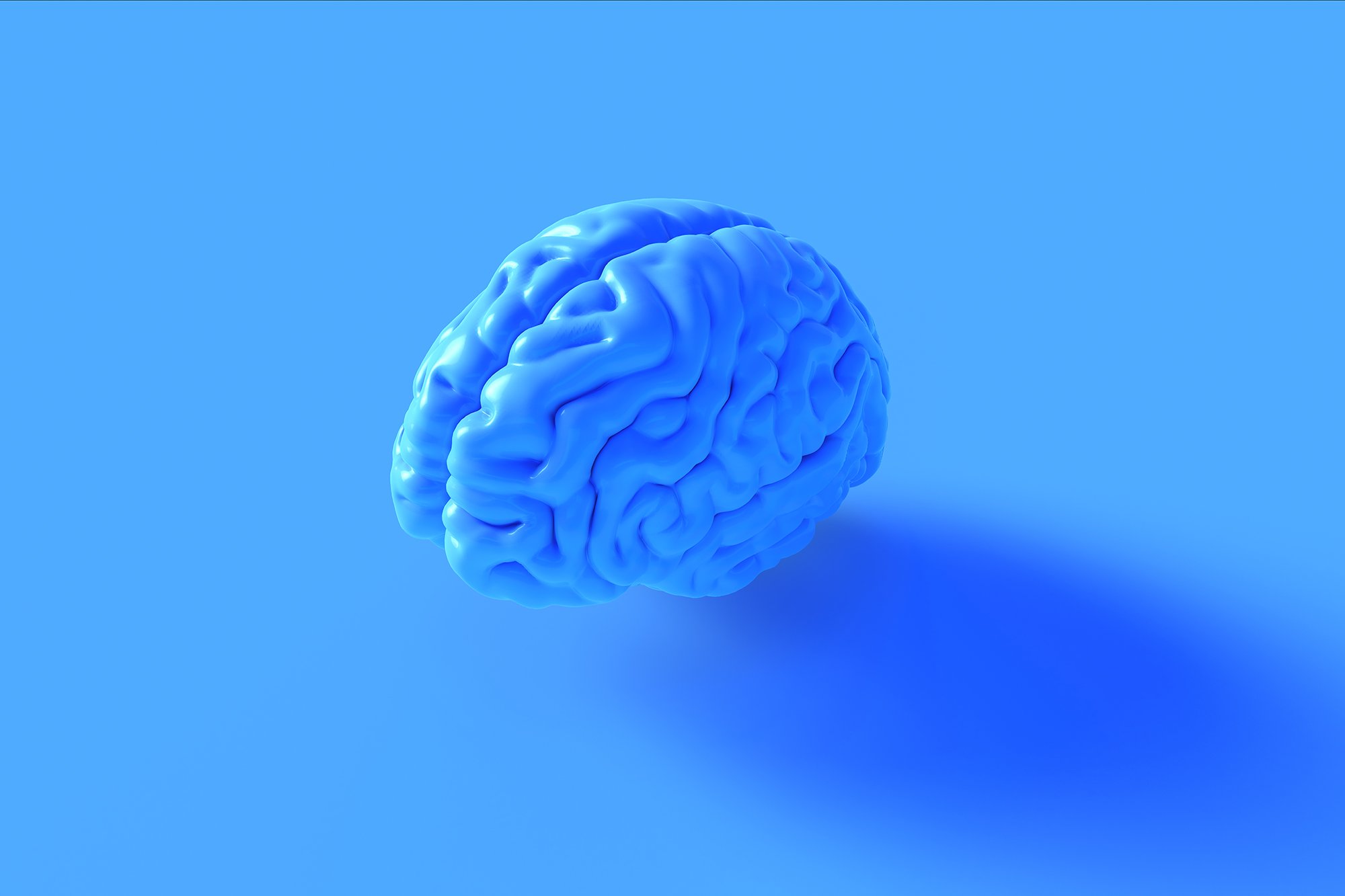Learn about brain health and nootropics to boost brain function
Brainstem, Tuberomammillary Nucleus & Locus Coeruleus

Neuroscientists believe that the brain creates synchronized output by acting as a complex and self-regulated system. The brain regions discussed in this post are no exception. The brainstem, tuberomammillary nucleus, and locus coeruleus have collectively been implicated in consciousness, memory, sleep, and mood. Read on to learn the basic neuroscience. Brain Regions in this Post: Before You Read On
This post focuses on the neuroscience of the lateral hypothalamus. Its contents are solely informational. Talk to your healthcare provider if you experience any neurological symptoms.
Problems with the brain regions discussed below (the brainstem, tuberomammillary nucleus, and locus coeruleus) can cause different symptoms. Each person’s symptoms will depend on the affected area, the types of hormones involved, and other health conditions.
Some possible symptoms that may signal a hypothalamus problem are included below, but these lists are in no way exhaustive. Also, the symptoms described below are not specific to problems with these brain regions but may have many possible underlying causes.
See your doctor if you experience any of the symptoms mentioned in this post.
Your doctor should diagnose and treat the underlying cause of your symptoms . In some cases, he or she may recommend scheduling an appointment with a neurologist who is qualified to do detailed brain function assessments. The Brainstem
Functions
Sensations of pain , temperature, and itch
Maintaining consciousness
Potential Symptoms of Brainstem problems
Visual disturbances
Pupil abnormalities
Changes in sensation
Muscle weakness
Hearing problems
Vertigo
Swallowing
Speech difficulty
Voice change
Coordination problems
Altered heart rate
Altered blood pressure
Tuberomammillary nucleus (limbic system)
Potential Symptoms of Tuberomammillary problems
Fatigue
Impaired memory Impaired cognitive function Impaired sleep Weight problems About The Tuberomammillary System The tuberomammillary nucleus is located within the hypothalamus . It consists of histamine -releasing neurons. Scientists believe it is involved in [ 1 +]: Wakefulness Cognitive function Memory Sleep Weight Locus Coeruleus Function & Location Some medications including norepinephrine reuptake inhibitors are believed to work through this area [ 2 ].Research continues to reveal the roles of norepinephrine — from regulating the stress response to helping form memories to maintaining attention to initiating arousal.Studies suggest that the locus coeruleus may be responsible for mediating many of the sympathetic effects during stress [ 3 ].Scientists consider that the most important functions influenced by this system are: Wakefulness Sleep-wake cycle Attention Memory Behavioral flexibility Behavioral control Stress (psychological) Emotions Neuroplasticity Posture and balance Activation by Stress Researchers think that once this system is activated by stress, it will respond by increasing norepinephrine secretion. Increased norepinephrine, in turn, may: Alter cognitive function (through the prefrontal cortex) Increase motivation (through nucleus accumbens) Increase the sympathetic (fight or flight)/inhibit parasympathetic (rest and digest) system (through the brainstem). The released norepinephrine can act on α2 receptors to increase working memory, while an excess of norepinephrine may decrease working memory by binding to the lower-affinity α1 receptors.Activation of the locus coeruleus via the amygdala has been implicated as a major factor in stress-induced disorders, especially PTSD . Combat-related PTSD to be associated with fewer neurons in the locus coeruleus (LC). However, more research is needed to confirm this association [ 4 ].Experimental data suggest that the locus coeruleus is almost completely inactivated in REM sleep [ 5 ]. Alzheimer’s Disease Limited data suggest that there may be up to 80% loss of locus coeruleus neurons in Alzheimer’s disease [ 6 ].According to one yet-to-be-verified theory, norepinephrine from locus coeruleus cells may provide an anti-inflammatory environment around the neurons, glial cells, and blood vessels in the neocortex and hippocampus. It is also hypothesized to suppress amyloid beta production, but this hasn’t been proven. Neurochemicals Norepinephrine Potential Symptoms of Locus Coeruleus problems Work with your doctor or another health care professional for an accurate diagnosis. If you’re interested in natural and targeted ways of improving your cognitive function, we recommend checking out SelfDecode’s Cognitive Enhancement and Mood DNA Reports . They give you genetic-based diet, lifestyle and supplement tips that can help improve your mood and cognitive function. The recommendations are personalized based on YOUR DNA. Analyze My Genes
Read more at content.selfdecode.com